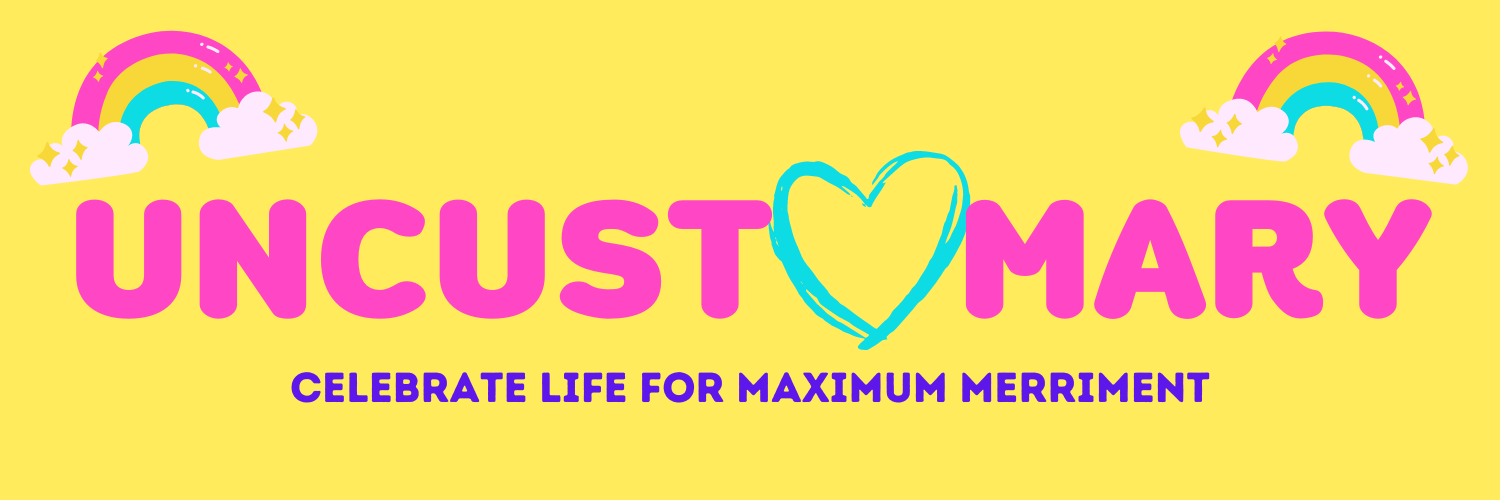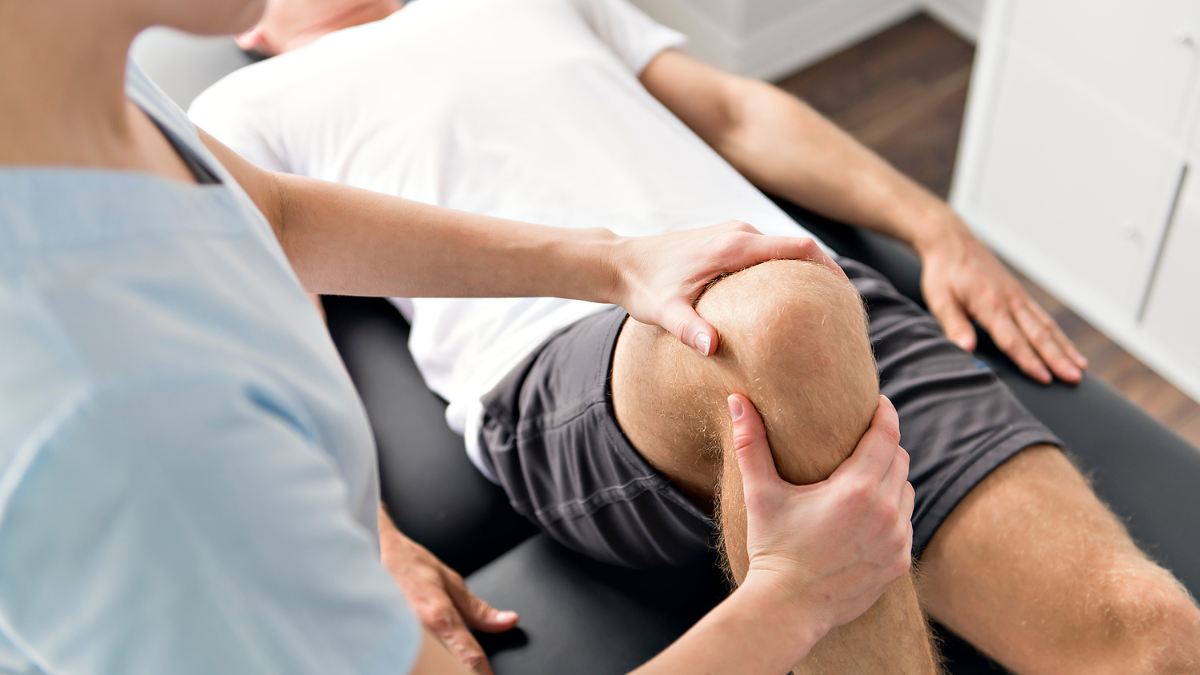True well-being is not only about what you do to stay active, but also how you balance that activity with periods of rest and renewal. Many people believe the key to fitness is pushing harder and doing more, but in reality, it is about finding harmony between movement and recovery. By blending playful exercise with restorative practices, you can create a lifestyle that feels sustainable, energizing, and joyful. Whether you are looking to build strength, reduce stress, or simply reconnect with your body, learning to combine these two approaches can transform the way you care for yourself.
The Joy of Playful Exercise
Exercise does not have to feel like a chore. In fact, one of the most effective ways to stick to a fitness routine is to make it fun. Playful exercise is about choosing movement that makes you smile, laugh, and feel alive. This could be dancing around your living room, joining a hula hoop class, or playing an energetic game of tag with friends. When exercise feels enjoyable, it no longer feels like something you have to do, it becomes something you look forward to.
Beyond enjoyment, playful exercise has measurable health benefits. It boosts endorphins, reduces anxiety, and enhances creativity. Because it does not rely on discipline alone, it is easier to stay consistent over time. By reframing fitness as play, you create an environment where both your body and mind thrive.
The Power of Restorative Practices
While high-energy movement is important, equally essential are the quieter, restorative practices that give your body time to repair and reset. Activities such as yoga, meditation, stretching, and mindful breathing all help regulate the nervous system and counteract the stress of daily life. These practices bring balance, reduce inflammation, and increase flexibility.
Restorative practices are also an excellent way to prevent burnout. Many people overtrain without realizing it, leading to exhaustion or injury. By incorporating gentle sessions into your routine, you allow your muscles and joints to recover, which ultimately improves performance in more active workouts. Just as importantly, restorative practices teach patience and self-compassion, reminding you that slowing down is just as valuable as speeding up.
The Role of Workout Equipment in Supporting Your Goals
Workout equipment can make playful exercise more engaging and effective. Simple tools such as resistance bands, stability balls, or jump ropes bring variety and creativity to your workouts. Even something as straightforward as a yoga mat or foam roller can enhance both active and restorative practices. Using the right equipment also helps improve safety, balance, and form, ensuring that your body stays supported while you move.
For those who prefer to create a home gym or add variety to their fitness space, there are countless options to explore. You can shop online at Fitness Experience to find accessible and fun workout equipment that encourages consistency. The key is to choose items that align with your fitness goals while keeping movement enjoyable. Instead of overwhelming yourself with complicated machines, start with versatile pieces that make you excited to exercise.
Physiotherapy as a Bridge Between Movement and Recovery
Physiotherapy plays a crucial role in maintaining long-term well-being. It acts as a bridge between active workouts and restorative practices, helping you strengthen weak areas, prevent injury, and improve posture. Physiotherapists can identify movement patterns that may cause discomfort and guide you toward exercises that promote balance and alignment.
If you experience recurring pain, stiffness, or a limited range of motion, physiotherapy can be a valuable tool to restore function. It not only helps you recover from injuries but also equips you with strategies to move confidently in the future. Physiotherapy complements both playful exercise and restorative practices by ensuring your body remains strong, mobile, and supported. When you feel physically capable, your confidence grows, and your ability to enjoy movement expands.
Creating a Balanced Routine That Feels Good
The secret to sustainable well-being is finding the right mix of activity and rest. A balanced weekly routine might include two to three sessions of playful cardio or strength-based workouts alongside restorative practices like yoga or meditation. For example, you could dance for 30 minutes one day, use resistance bands another day, and then devote time to stretching or mindfulness midweek.
Listening to your body is essential. Some days you may feel energized and ready for movement, while other days may call for gentle restorative practices. By honoring both needs, you build a rhythm that feels natural and enjoyable. Remember, balance does not mean perfection, it means creating harmony between energy and recovery.
Embracing Well-Being as a Lifelong Practice
Blending playful exercise with restorative practices is not about achieving a quick result. It is about creating a lifestyle where both movement and rest are celebrated. Over time, these small, consistent choices help you feel stronger, more resilient, and more joyful in everyday life.
Well-being should never feel like punishment. It should feel like an invitation to connect with yourself in meaningful ways. By approaching fitness with a playful spirit and giving yourself permission to rest, you cultivate a sense of balance that lasts a lifetime. Start today by trying one new movement that excites you or dedicating a few minutes to deep breathing. Each step you take is part of a lifelong practice of caring for your body, mind, and soul.

